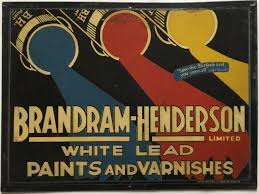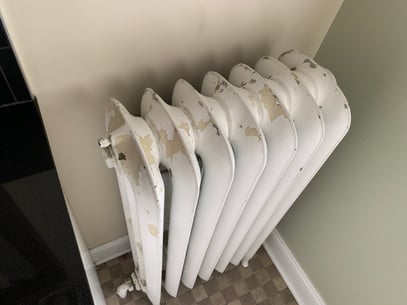New Jersey Lead Safe Law amendments
were signed by the governor on September 12, 2024.
Some key points of changes to the NJ Lead Safe Law regarding lead inspections are as follows:
Lead inspections were always interior and tenant-accessible areas in the main structure. The amendment now says detached garages are part of the lead inspection, whereas previously they were not.
Common areas are part of the lead inspection and include, but not be limited to hallways, stairs, foyers, basements, laundry rooms, and the interior of attached or detached garages, if the areas are generally accessible to residential tenants, and the areas are not located within the interior of an individual dwelling unit. So again, a detached garage gets a lead inspection, if the tenant has access.
The law was enacted on July 22, 2022, and you had 2 years to complete the lead inspection or at tenant turnover. The amendment gives you three years from July 22, 2022, or until July 22, 2025.
Now July 22, 2025, is the latest you can put off a lead inspection, but if a tenant vacates before that date, you must complete the lead inspection.
A municipality shall cause the lead inspection of rental dwelling units and in a building consisting of two or three dwelling units, common areas for lead-based paint hazards at tenant turnover or within three years of the effective date of P.L.2021, c.182 17 (C.52:27D-437.16 et al.), whichever is earlier.
Lead safe certificates are now good for 3 years. As of September 2024, we are awaiting new forms that state the certificates are good for 3 years.
Once you get a lead-safe certificate, the landlord must provide evidence of a valid lead-safe certification to new tenants of the property at the time of tenant turnover unless by affixing a copy of the lead-safe certification to the tenant's or tenants' lease. Additional landlord obligations require the landlord to maintain a record of the lead-safe certification and include the name or names of the unit's tenant or tenants if the inspection was conducted during a period of tenancy.
Does the existing tenant get a copy of the lead safe certification?
The law does not say landlords must supply the certificate to existing tenants. New tenants must get a copy. The landlord has to give a copy to the municipality and the existing tenant could get a copy from said municipality. It appears that when the law was written it was thought that there would be a lot of tenant turnover so there would frequently be “new” tenants.
If a multi-unit building fails the lead inspection?
If a lead hazard is identified in a lead inspection of one of the dwelling units in a building consisting of two- or three-dwelling units, then the lead evaluation contractor or permanent local agency shall inspect the remainder of the building's dwelling units for lead hazards, with the exception of dwelling units that have been certified to be lead-safe.
Why as a landlord you do not want to fail.
An amendment to the law requires that the municipality deliver to the Department of Community Affairs a list identifying each dwelling unit inspected that was determined to contain a lead-based paint hazard. The DCA in turn must submit an annual report to the Legislature indicating the number of inspected dwelling units identified to have lead-based paint hazards. The report shall list the number of inspected dwellings and dwelling units identified to have lead-based paint hazards within each county. This is a list landlords do not want to be on.
If you have questions regarding New Jersey's Lead Safe law. If you want to know what it takes to pass the lead safe inspection call the experts, Curren Environmental.
888-301-1050











